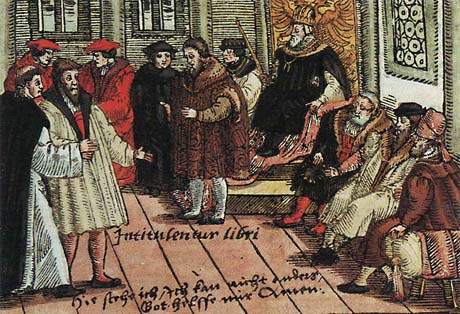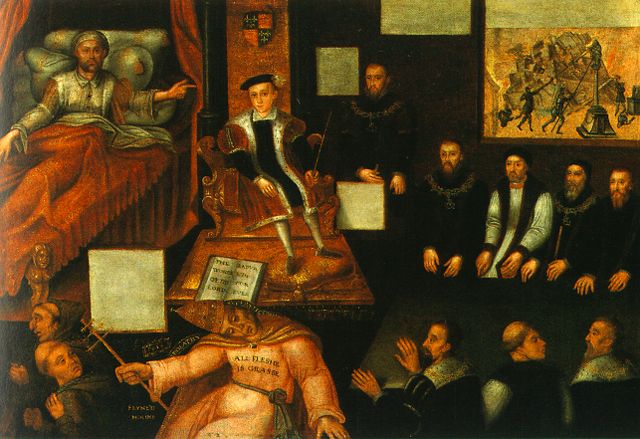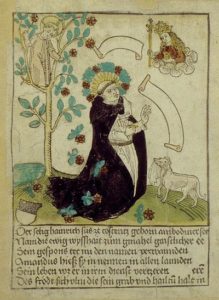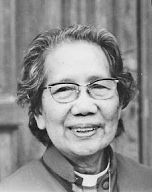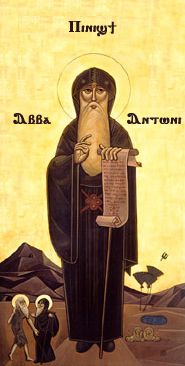The Bonfire of the Vanities.
Florence in the 15th century was at the heart of the Italian Renaissance, the engine of humanist scholarship and great works of art and architecture produced by the likes of Botticelli, Michelangelo, Brunelleschi and Donatello. The patronage of the leading Medici family inspired Florentine institutions and nobles to support these efforts but in the 1490s the city was taken over by someone with far different ideas. This was the monk Girolamo Savonarola (1452-98).
Savonarola was a fiery Dominican who benefited at first from the patronage of the Medici ruler Lorenzo the Magnificent but who then turned against him. Preaching furiously against the corruption, of the pope (the Borgia, Alexander VI), the Medici clique and the rich magnates of the city, Savonarola sparked the coup that ejected the Medici and established a ‘godly’ republic. Bands of young followers dressed as angels patrolled the city, punishing gambling, swearing and drunkenness. Telling Florentines that the End of Time was near, Savonarola organized “Bonfires of the Vanities” where people were urged to divest themselves of all that could separate them from concentrating on the spiritual life: fancy clothes, jewels, cosmetics, rich furniture, classic manuscripts and fine art. These objects were hauled to public fires and burnt. A particularly spectacular demonstration was held this day in 1497. Paul Strathern’s Death in Florence describes the scene:
The bonfires in each neighbourhood around which people had traditionally danced in abandoned fashion during the pre-Savonarolan Carnival were now all amalgamated into one massive bonfire in the Piazza della Signoria, which was intended to accommodate all the vanities that Savonarola’s boys had collected. An eight-sided wooden pyramid had been constructed, with seven tiers, one for each of the seven deadly sins. The vanities were placed on these tiers, and the inside of the pyramid was filled with sacks of straw, piles of kindling wood, and even small bags of dynamite (intended to spread the flames throughout the pyramid, as well as cause incendiary firework effects such as bangs and showers of sparks). In the end, this ‘Bonfire of the Vanities’ rose to sixty feet, and the circumference at its base was 240 feet. At its peak was placed wooden effigy made to look like the traditional image of the Devil, complete with hairy cloven-hoofed goats’ legs, pointed ears, horns and a little pointed beard.
It should be noted that in this drive to consume corruption by cleansing fire he was following the example of the earlier wandering Franciscan preacher Bernardino of Siena (1380-1444).





